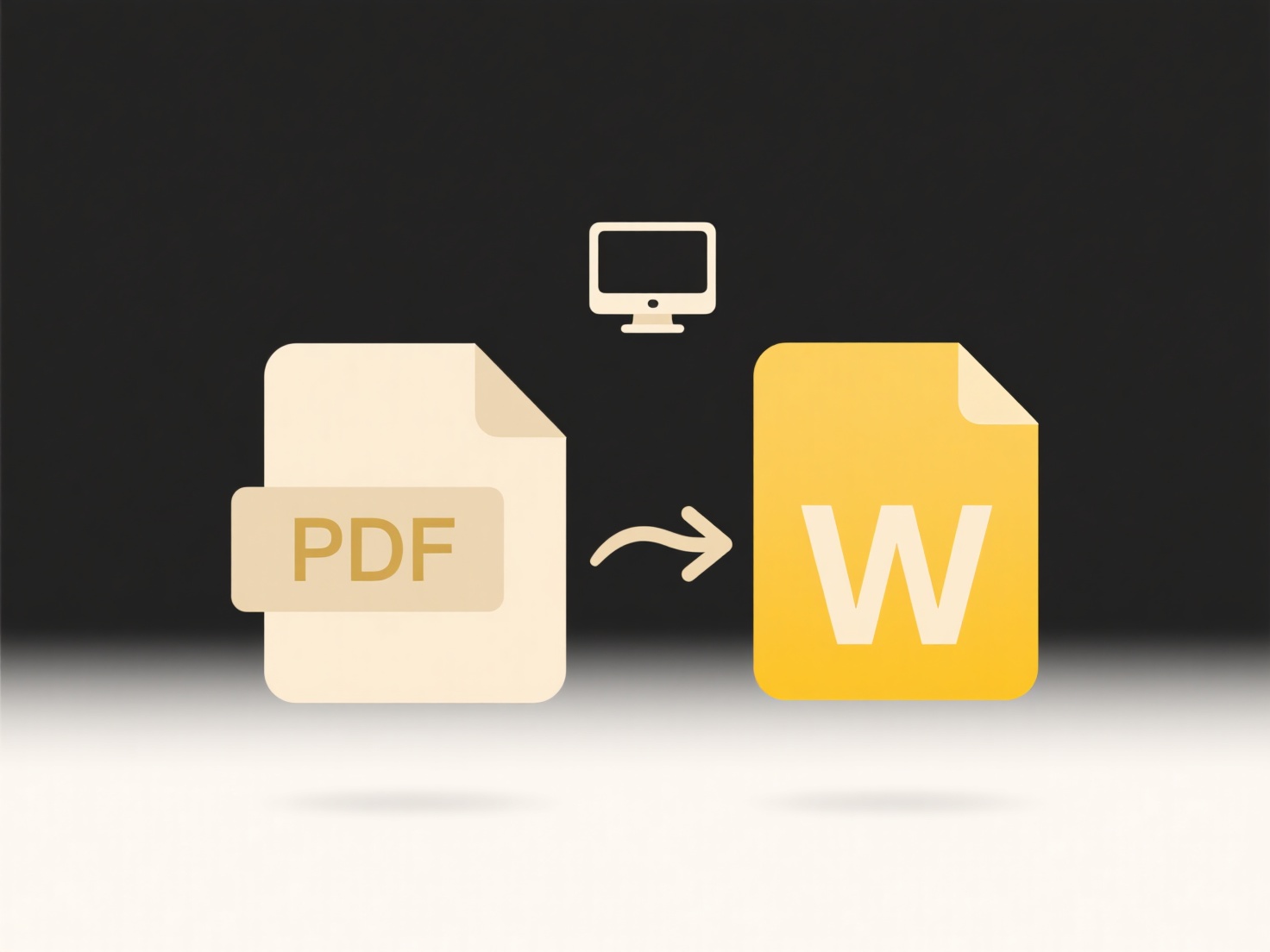
Shared files can be renamed by the recipient due to file system rules, application behavior, or manual action. Most operating systems prevent files with identical names from existing in the same folder. If the recipient already has a file with the exact name you used in their target folder, their device will automatically append a number like "(1)" to avoid overwriting. Additionally, some file-sharing platforms or email systems might modify names during transfer, especially if characters in your original name are unsupported. Occasionally, the recipient might also manually rename it after saving it locally for their own organization.

For example, if you email a presentation named "BudgetQ1.pptx" to a colleague who already has a different file named "BudgetQ1.pptx" in their Downloads folder, their email client or computer will likely save it as "BudgetQ1 (1).ppsx" automatically. Similarly, uploading a file named "Photo!.JPG" to a cloud storage service might result in it being renamed to "Photo.JPG" if the platform doesn't support exclamation marks in filenames.
This automatic renaming primarily serves to protect existing files from accidental overwrite, which is a key advantage. However, it can cause confusion if the recipient doesn't recognize the modified file name. The main limitation is the potential loss of intended naming context. While there's no significant ethical implication, clear communication about file names helps reduce misunderstandings. Future platforms may offer smarter conflict resolution, like previewing duplicates before download.
Why does my shared file get renamed by the recipient?
Shared files can be renamed by the recipient due to file system rules, application behavior, or manual action. Most operating systems prevent files with identical names from existing in the same folder. If the recipient already has a file with the exact name you used in their target folder, their device will automatically append a number like "(1)" to avoid overwriting. Additionally, some file-sharing platforms or email systems might modify names during transfer, especially if characters in your original name are unsupported. Occasionally, the recipient might also manually rename it after saving it locally for their own organization.

For example, if you email a presentation named "BudgetQ1.pptx" to a colleague who already has a different file named "BudgetQ1.pptx" in their Downloads folder, their email client or computer will likely save it as "BudgetQ1 (1).ppsx" automatically. Similarly, uploading a file named "Photo!.JPG" to a cloud storage service might result in it being renamed to "Photo.JPG" if the platform doesn't support exclamation marks in filenames.
This automatic renaming primarily serves to protect existing files from accidental overwrite, which is a key advantage. However, it can cause confusion if the recipient doesn't recognize the modified file name. The main limitation is the potential loss of intended naming context. While there's no significant ethical implication, clear communication about file names helps reduce misunderstandings. Future platforms may offer smarter conflict resolution, like previewing duplicates before download.
Quick Article Links
Can I share files between different cloud platforms?
File sharing between different cloud platforms, like transferring data from Google Drive to Dropbox or AWS to Azure, is ...
How do I rename exported images from Figma or Sketch?
Renaming exported images in Figma or Sketch involves setting custom filenames before generating asset files. Unlike simp...
Can I log every download of a shared file?
Tracking file downloads refers to recording each instance when a shared file is successfully transferred from a storage ...